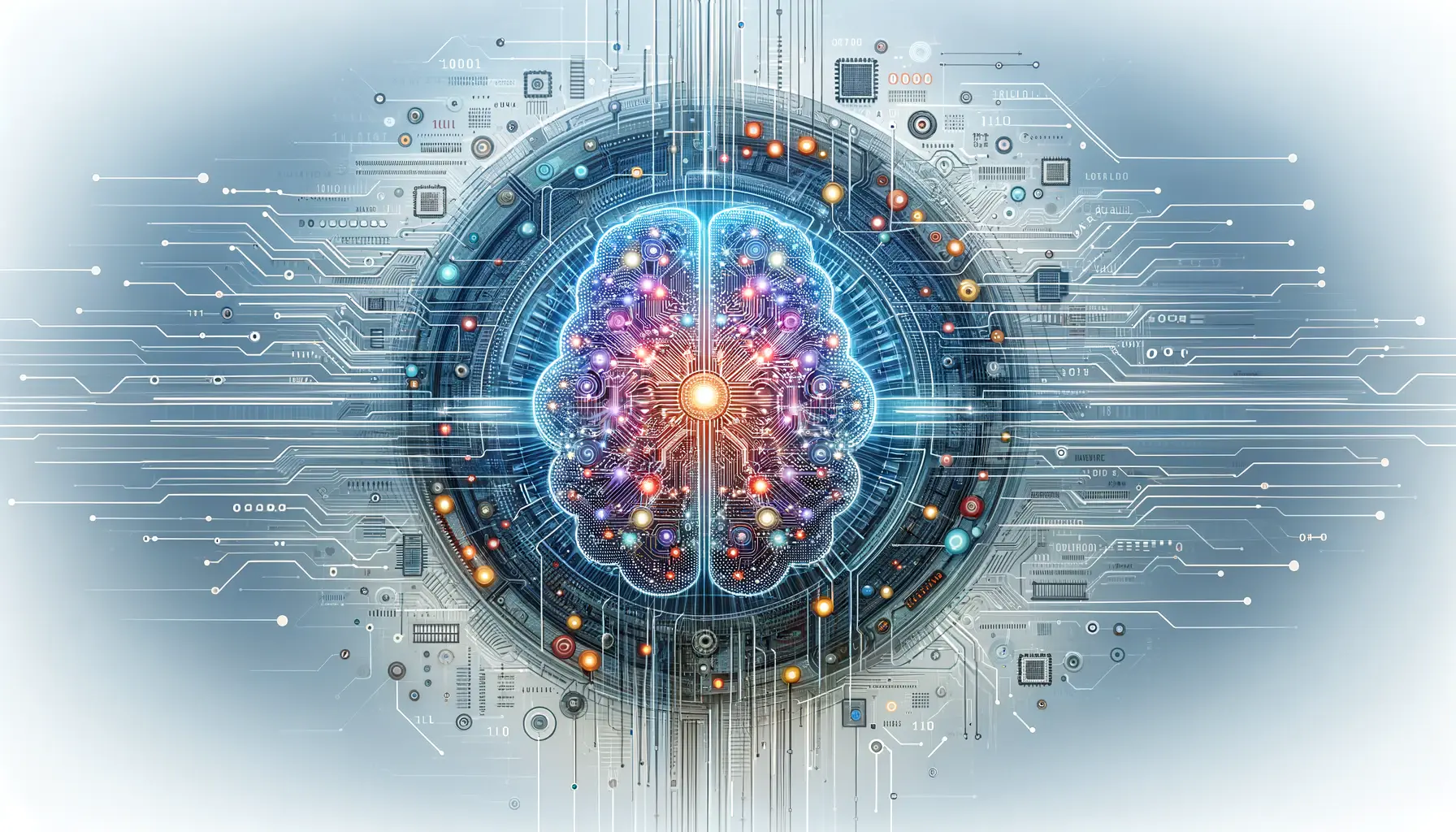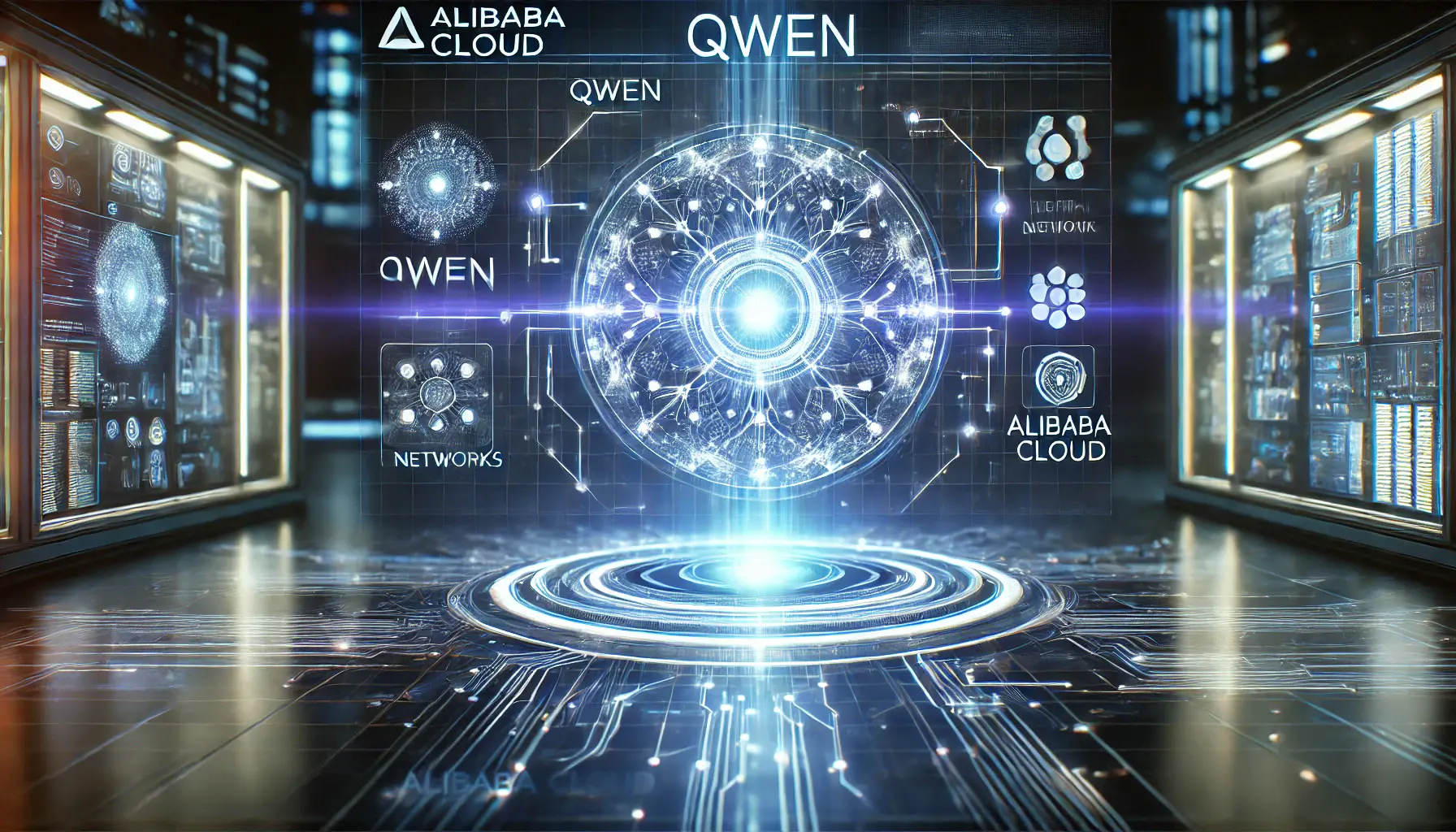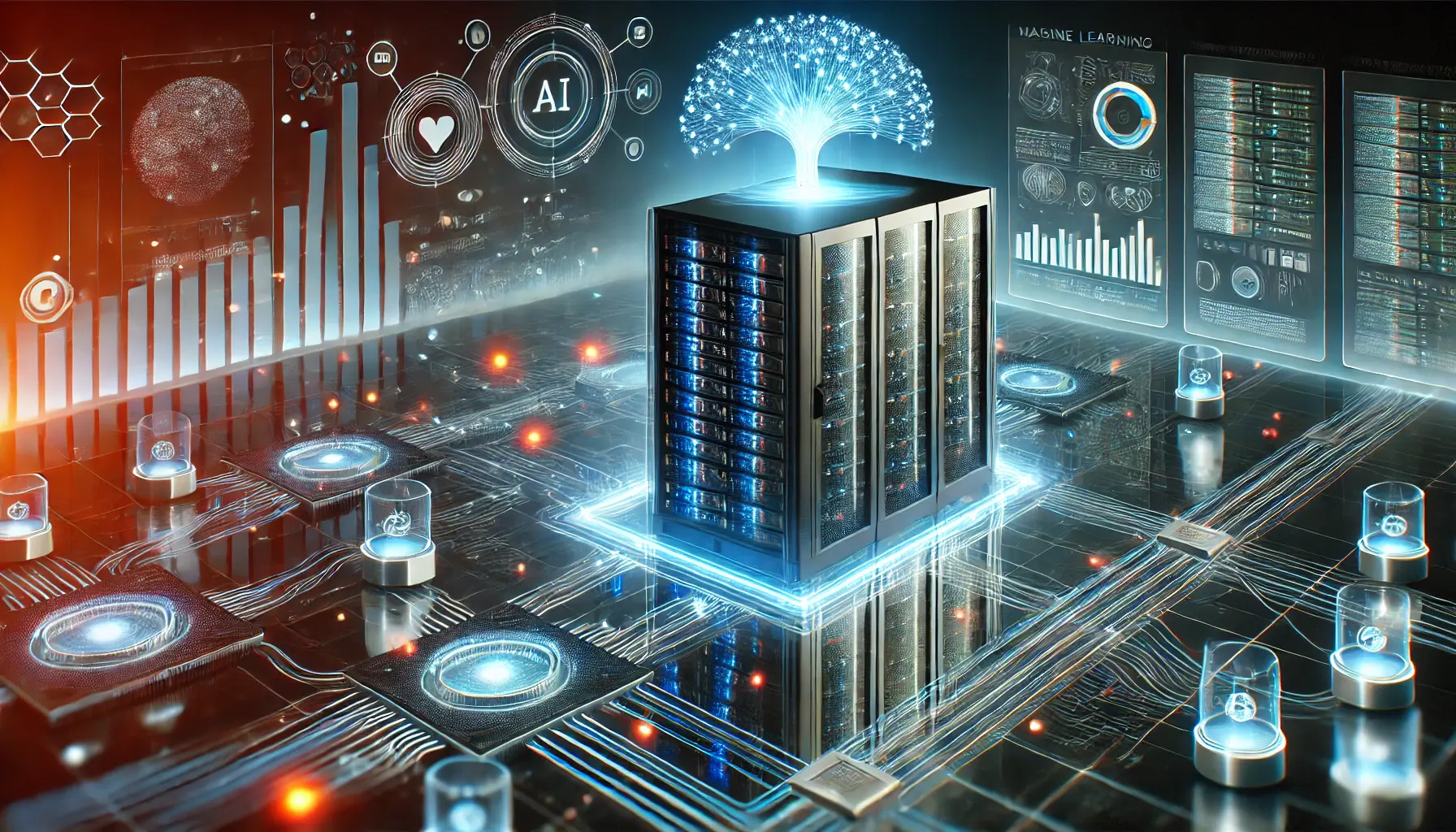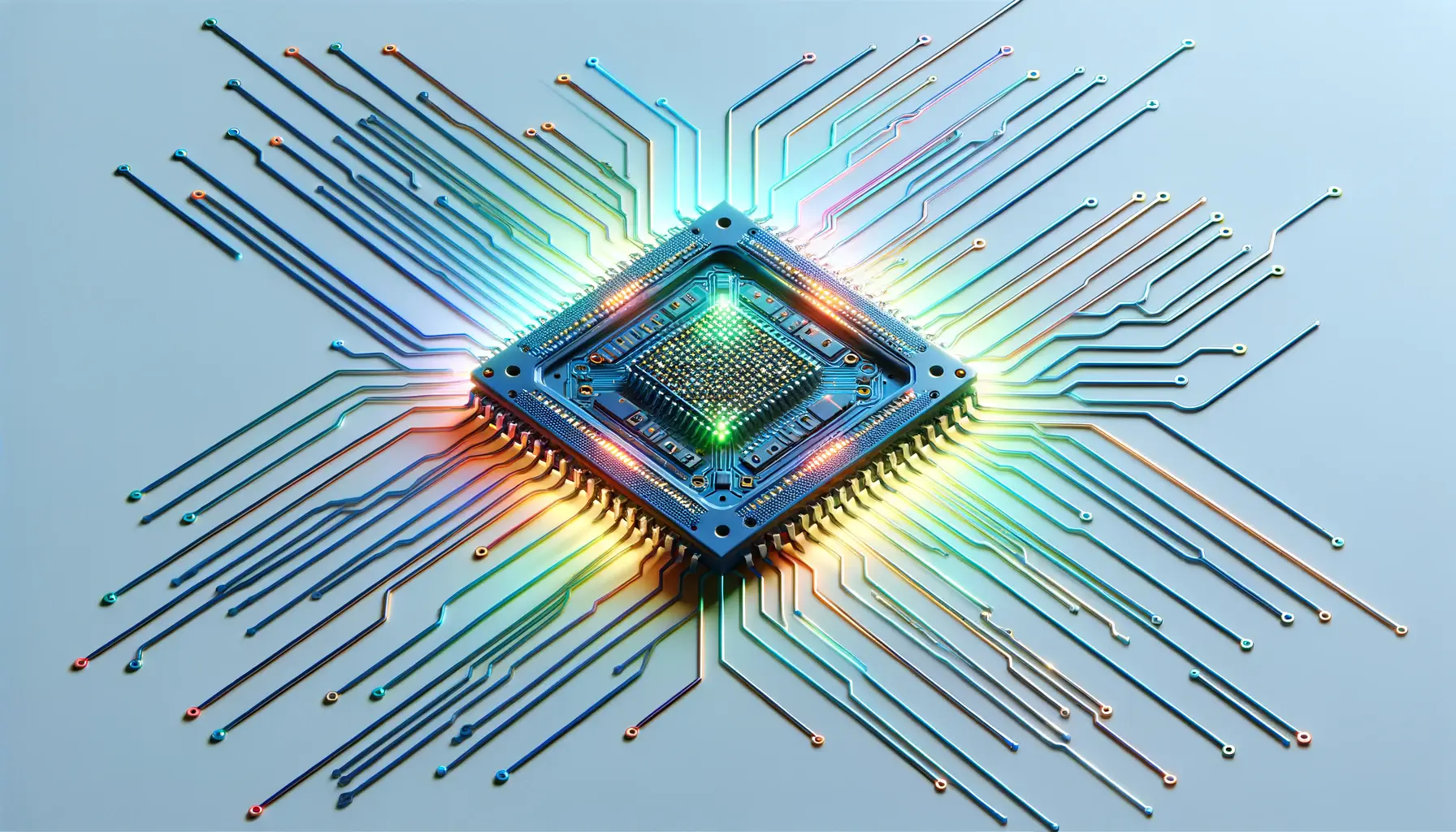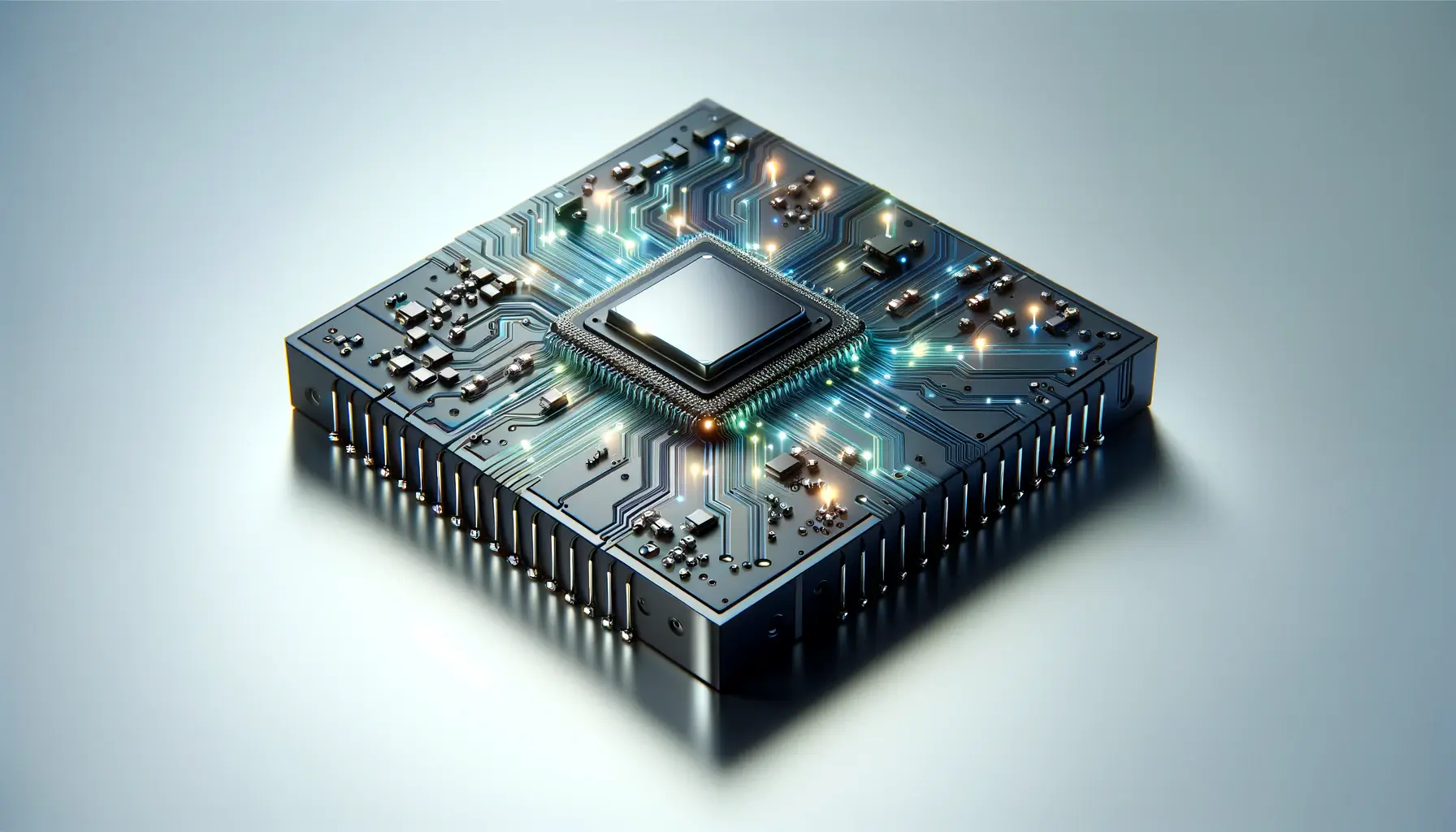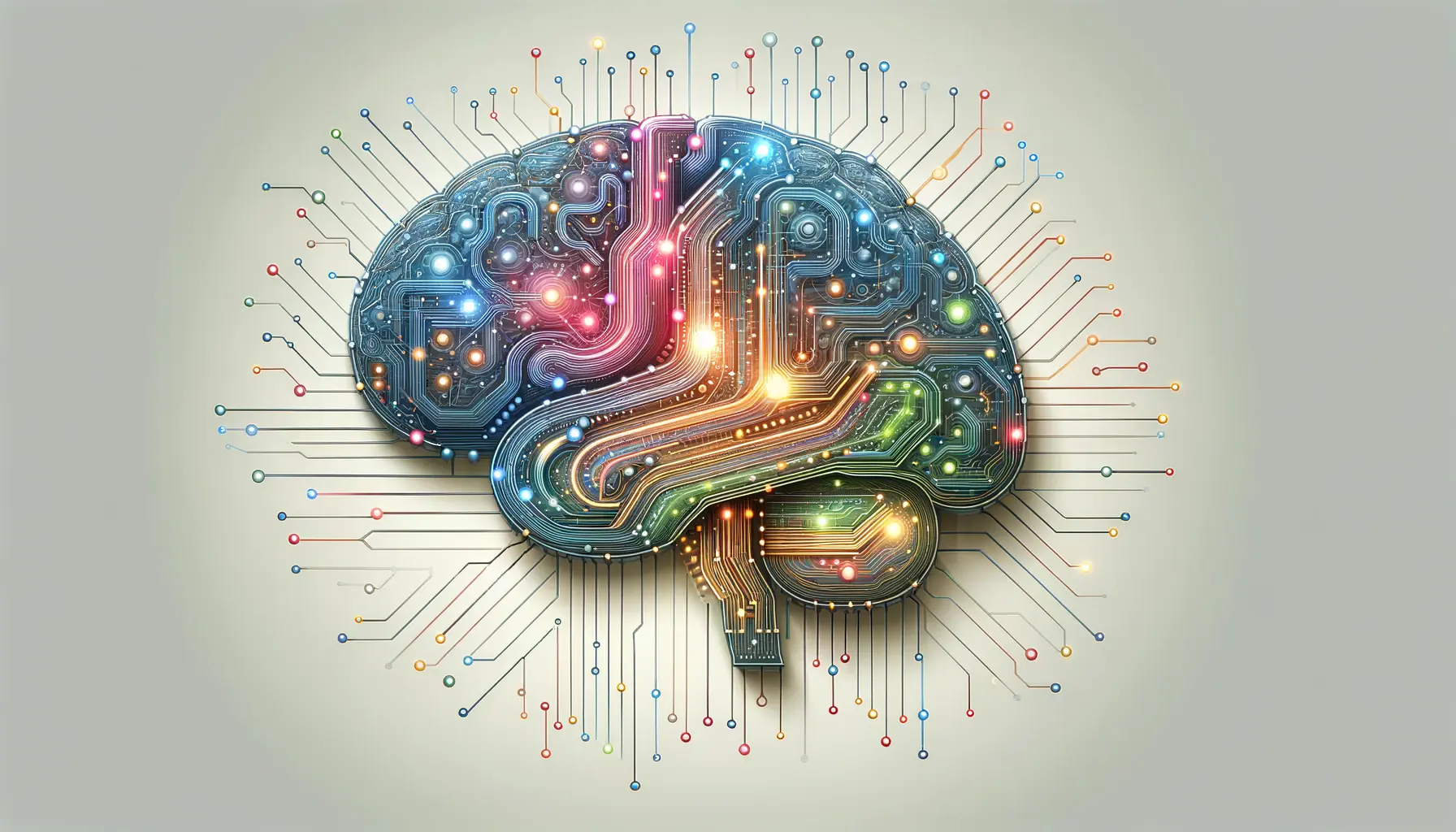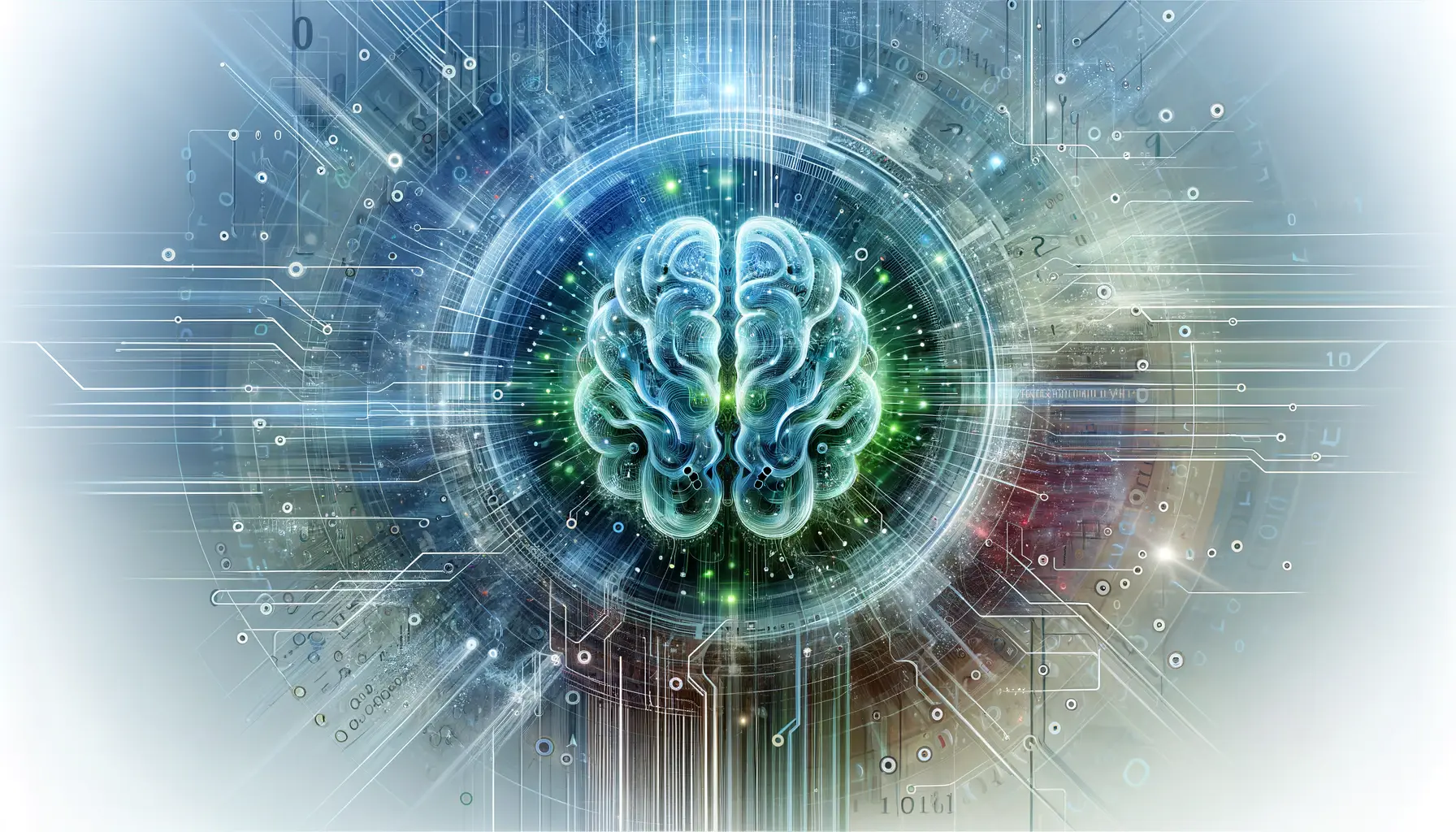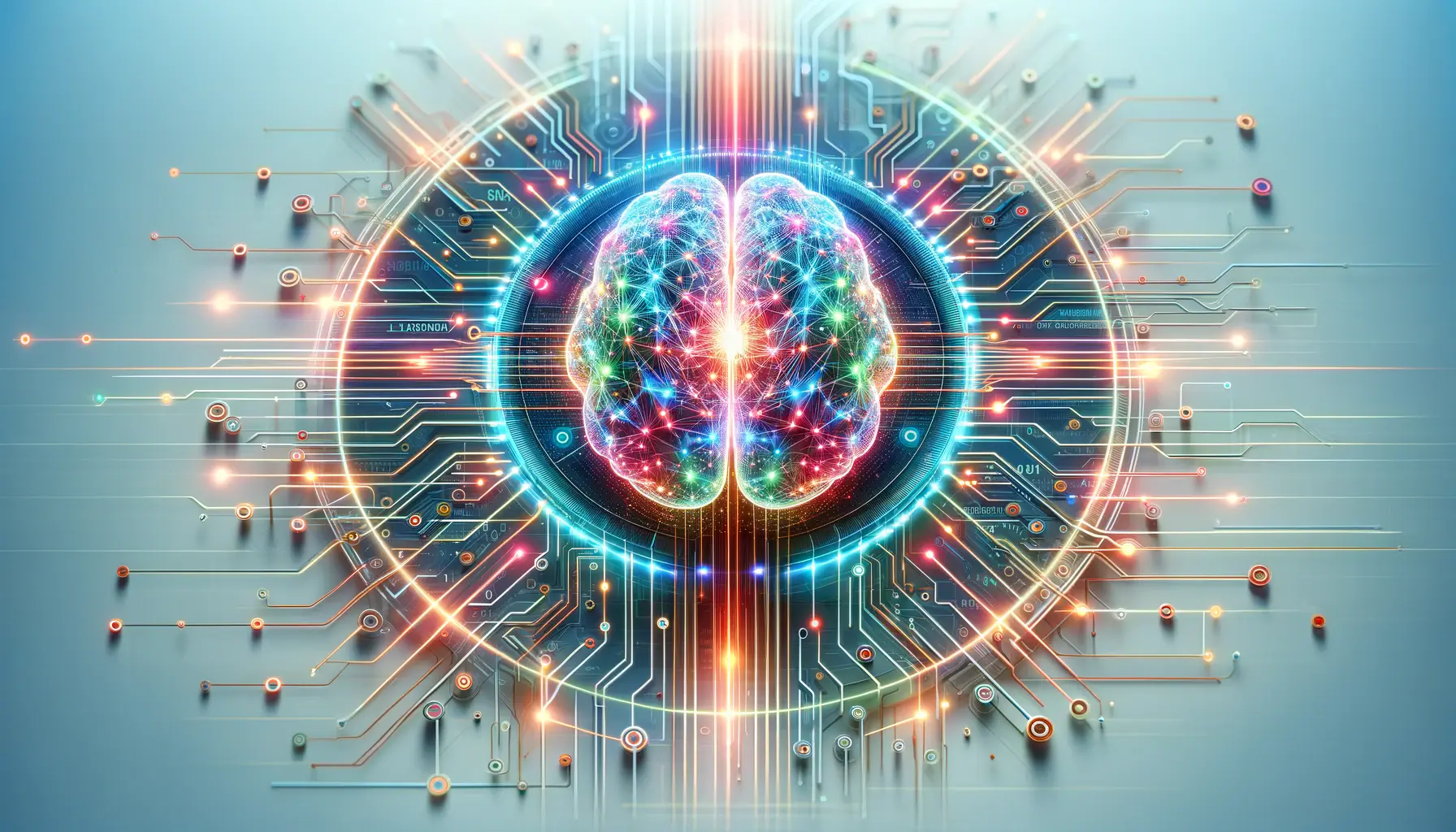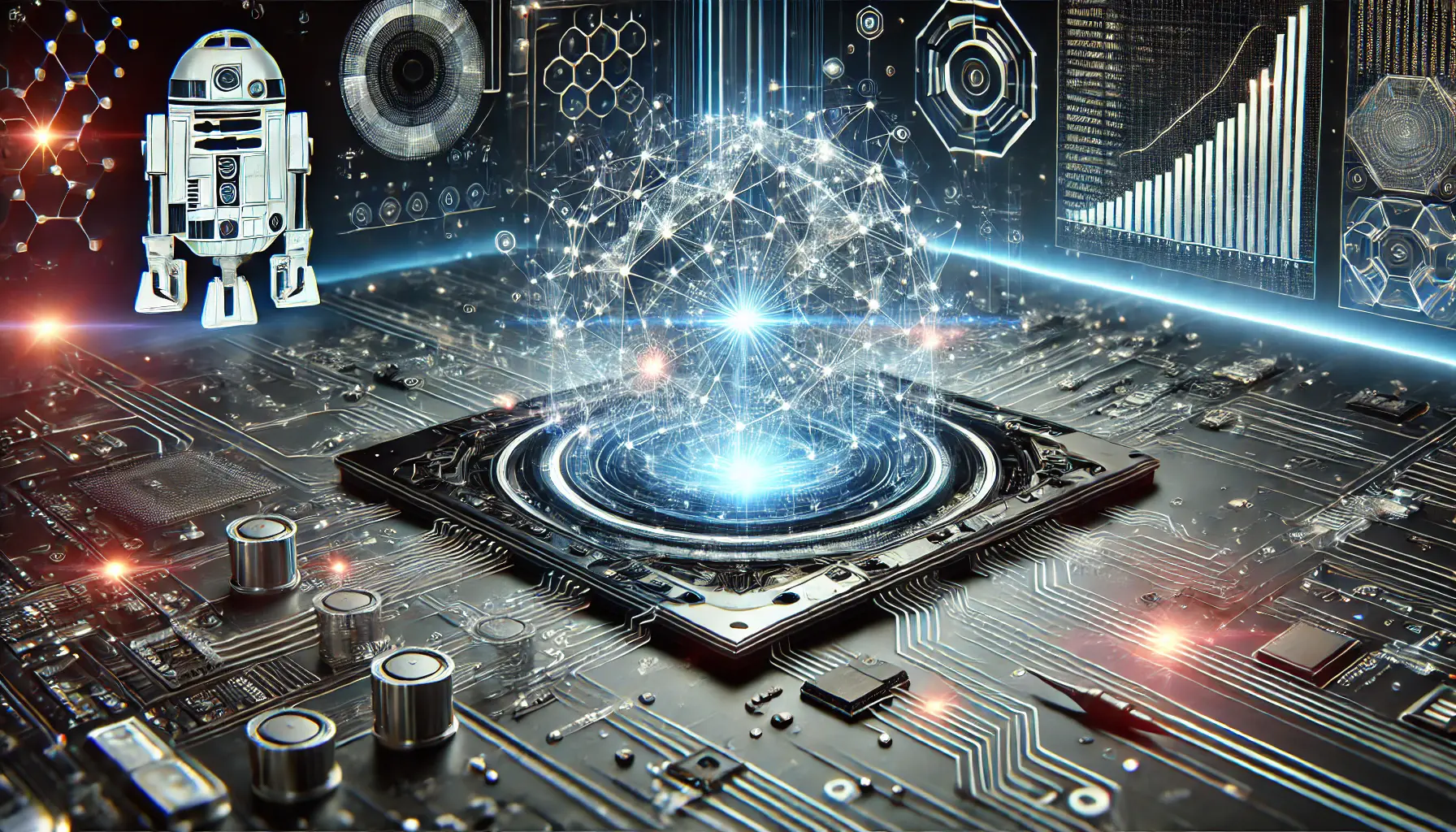The realm of artificial intelligence (AI) is ever-evolving, with innovations that continually push the boundaries of what machines can do.
Among the latest entrants into this dynamic field is Grok AI, a technology that has garnered attention for its unique approach and capabilities.
Developed with the intention of revolutionizing how we interact with AI, Grok AI stands out for its advanced understanding and processing of natural language, setting a new benchmark in the industry.
At its core, Grok AI leverages cutting-edge technology to understand and respond to human queries in a manner that is both intuitive and insightful.
This capability is not just a leap forward in making AI more accessible to the general public but also in enabling businesses and developers to harness the power of AI more effectively.
The technology behind Grok AI is a testament to the rapid advancements in the field, showcasing how far we have come in our quest to create machines that can understand and interact with us on a deeper level.
- Understanding Grok AI’s Core Technology
- Real-Time Data Processing and Adaptability
- Enhancing User Experience with Personalization
- Security and Privacy in the Age of AI
- Integration with Existing Systems and Infrastructure
- Future Directions and Evolving Capabilities
- Challenges and Considerations for AI Development
- Embracing the Future with Grok AI
- Grok AI Frequently Asked Questions
Understanding Grok AI’s Core Technology
Deep Learning and Neural Networks
At the heart of Grok AI’s technology lies deep learning, a subset of machine learning that utilizes neural networks with many layers.
These neural networks are designed to mimic the human brain’s ability to recognize patterns and make connections, allowing Grok AI to process and understand vast amounts of data at an unprecedented speed.
The use of deep learning enables Grok AI to comprehend complex queries and provide responses that are not only accurate but also contextually relevant.
The neural networks within Grok AI are trained on a diverse dataset, encompassing a wide range of topics and languages.
This extensive training is crucial for the AI’s ability to understand nuances in language and respond to queries with a high degree of precision.
The technology’s ability to learn from its interactions means that Grok AI continually improves its performance, making it more efficient and effective over time.
Natural Language Processing (NLP)
Natural Language Processing (NLP) is another cornerstone of Grok AI’s technology.
NLP allows the AI to break down and analyze human language, turning it into a format that the machine can understand.
This process involves several steps, including tokenization, parsing, and semantic analysis, which together enable Grok AI to grasp the meaning behind words and phrases.
By leveraging advanced NLP techniques, Grok AI can engage in conversations that feel natural and human-like, bridging the gap between human and machine communication.
The integration of NLP with deep learning technologies ensures that Grok AI can handle a wide array of communication styles and dialects, making it versatile and adaptable.
This adaptability is particularly important in a world where language and communication patterns are constantly evolving.
Through its sophisticated NLP capabilities, Grok AI not only understands what is being said but also the intent behind it, allowing for more meaningful and productive interactions.
The technology behind Grok AI, from deep learning to natural language processing, represents a significant leap forward in our quest to create more intelligent, responsive, and understanding AI systems.
Real-Time Data Processing and Adaptability
Grok AI distinguishes itself through its exceptional ability to process and analyze data in real-time.
This capability is not just about speed; it’s about the AI’s ability to understand and react to new information as it becomes available.
Real-time data processing enables Grok AI to stay updated with the latest developments, making it an invaluable tool for users who require up-to-the-minute information.
The adaptability of Grok AI is evident in its application across various industries.
From finance to healthcare, the AI’s ability to process large volumes of data quickly and accurately makes it a versatile tool that can be tailored to meet specific needs.
This section explores how Grok AI’s real-time data processing and adaptability are revolutionizing AI interaction and application.
Key Features of Real-Time Data Processing
- Speed: Grok AI’s architecture is designed for rapid data analysis, allowing it to provide instant responses to user queries.
- Accuracy: By accessing the latest data, Grok AI ensures that its responses are not only fast but also accurate and relevant.
- Scalability: The technology can handle increasing amounts of data without compromising performance, making it suitable for both small and large-scale applications.
Adapting to Industry-Specific Needs
The true power of Grok AI lies in its adaptability.
By leveraging its core technologies, Grok AI can be customized to serve a wide range of functions across different sectors:
- Finance: In the financial sector, Grok AI can analyze market trends and provide real-time investment advice, helping users make informed decisions.
- Healthcare: Grok AI can process patient data to offer diagnostic support and personalized treatment recommendations, improving patient care.
- Customer Service: By understanding customer queries in real-time, Grok AI can enhance the customer service experience, providing quick and accurate responses.
The adaptability of Grok AI not only demonstrates the technology’s versatility but also its potential to drive innovation in various fields.
By providing tools that can process and analyze data in real-time, Grok AI is setting a new standard for AI applications, making it a pivotal technology in the AI landscape.
Grok AI’s real-time data processing and adaptability highlight its potential to transform industries by providing tailored, up-to-date solutions that meet specific needs.
Enhancing User Experience with Personalization
One of the most compelling aspects of Grok AI is its ability to offer personalized experiences to its users.
This personalization is not just about addressing users by name or remembering their preferences; it’s about the AI’s deep understanding of individual user contexts, behaviors, and needs.
By analyzing past interactions and user data, Grok AI can tailor its responses and recommendations, making each interaction more relevant and engaging.
The impact of this personalization extends beyond user satisfaction.
It also plays a crucial role in enhancing the efficiency and effectiveness of AI applications in various domains.
This section delves into how Grok AI’s personalization capabilities are redefining user experiences and the benefits it brings to different sectors.
Personalization Techniques in Grok AI
- Contextual Understanding: Grok AI analyzes the context of user queries to provide responses that are not only accurate but also contextually appropriate.
- Behavioral Analysis: By studying user behavior patterns, Grok AI can predict user needs and offer proactive assistance or recommendations.
- Customizable Interactions: Users have the option to customize their interaction preferences, allowing Grok AI to adapt its communication style to suit individual users.
Benefits of Personalized AI Interactions
- Increased User Engagement: Personalized experiences make users feel understood and valued, leading to higher engagement levels.
- Improved Customer Service: In customer service applications, personalization can lead to faster resolution times and higher satisfaction rates.
- Enhanced Learning Experiences: For educational applications, Grok AI can adapt its teaching methods to the learning style of each student, improving outcomes.
The ability of Grok AI to offer personalized experiences is a testament to the advancements in AI technology.
This level of personalization not only enhances user satisfaction but also opens up new possibilities for the application of AI across various industries.
By making interactions more relevant and tailored to individual needs, Grok AI is paving the way for a future where AI can truly understand and adapt to the unique requirements of each user.
The personalization capabilities of Grok AI underscore its potential to create more meaningful and effective interactions, showcasing the importance of understanding and catering to individual user needs in the development of AI technologies.
Security and Privacy in the Age of AI
In the rapidly evolving landscape of artificial intelligence, the importance of security and privacy cannot be overstated.
Grok AI, with its advanced capabilities, places a strong emphasis on safeguarding user data and ensuring secure interactions.
This commitment to security and privacy is crucial, not only for maintaining user trust but also for complying with global data protection regulations.
The architecture of Grok AI incorporates multiple layers of security measures to protect against unauthorized access and data breaches.
Moreover, its approach to privacy is designed to empower users, giving them control over their data and how it is used.
This section explores the mechanisms Grok AI employs to ensure security and privacy, highlighting its significance in the broader context of AI development.
Implementing Robust Security Measures
- Encryption: All data transmitted to and from Grok AI is encrypted, ensuring that user information remains secure during transmission.
- Access Control: Strict access controls are in place to prevent unauthorized access to sensitive data, with permissions granted on a need-to-know basis.
- Continuous Monitoring: Grok AI’s systems are continuously monitored for suspicious activity, allowing for immediate response to potential security threats.
Upholding User Privacy
- Data Anonymization: Where possible, Grok AI anonymizes user data, ensuring that personal information cannot be traced back to individuals.
- Transparency: Users are informed about how their data is collected, used, and stored, promoting transparency and building trust.
- Consent Management: Grok AI implements consent management processes, giving users the option to control the collection and use of their data.
The focus on security and privacy is a defining feature of Grok AI, setting it apart in a field where these concerns are increasingly paramount.
By prioritizing the protection of user data and ensuring secure interactions, Grok AI not only adheres to best practices in AI development but also addresses the ethical considerations that are critical to the responsible use of AI technologies.
In doing so, Grok AI demonstrates a commitment to building a future where AI can be trusted and utilized safely by all.
Ensuring the security and privacy of user data is a cornerstone of Grok AI’s development, reflecting the importance of these aspects in fostering trust and ethical use of AI technologies.
Integration with Existing Systems and Infrastructure
The seamless integration of Grok AI into existing systems and infrastructure is a testament to its versatility and advanced design.
This capability is crucial for businesses and organizations looking to adopt AI technologies without overhauling their current operations.
By fitting into the existing technological ecosystem, Grok AI enables a smooth transition to AI-enhanced processes, ensuring that organizations can leverage the benefits of AI with minimal disruption.
Whether it’s integrating with customer relationship management (CRM) systems, enterprise resource planning (ERP) software, or other digital tools, Grok AI’s flexible architecture allows for easy connection and data exchange.
This section delves into the importance of integration capabilities and how Grok AI facilitates this critical aspect of AI adoption.
Key Integration Capabilities of Grok AI
- API Connectivity: Grok AI offers robust API support, enabling it to connect with a wide range of software and systems for data exchange and functionality enhancement.
- Customization Options: The AI can be customized to fit the specific needs and workflows of different organizations, ensuring that it adds value without requiring significant changes to existing processes.
- Scalability: Grok AI’s scalable design means it can grow with the organization, accommodating increased data volumes and more complex use cases over time.
Benefits of System Integration
- Enhanced Efficiency: By automating and optimizing tasks, Grok AI can significantly reduce manual effort and streamline operations, leading to improved efficiency.
- Data-Driven Insights: The ability to integrate with existing data sources allows Grok AI to provide actionable insights, helping organizations make informed decisions.
- Improved User Experience: For customer-facing applications, integration with Grok AI can enhance the user experience by providing more responsive and personalized services.
The integration of Grok AI into existing systems represents a forward-thinking approach to AI adoption, one that acknowledges the importance of compatibility and ease of use.
By enabling organizations to enhance their operations without the need for extensive modifications, Grok AI is not just an AI solution; it’s a catalyst for transformation that respects the legacy of existing infrastructures while paving the way for future innovations.
Grok AI’s integration capabilities highlight its role as a transformative technology that enhances existing systems with minimal disruption, driving efficiency and innovation.
Future Directions and Evolving Capabilities
The journey of Grok AI is far from static; it is a technology in constant evolution, with future directions that promise to further revolutionize the field of artificial intelligence.
As we look ahead, the potential for Grok AI to expand its capabilities and applications is boundless.
Innovations in AI are accelerating, and Grok AI is at the forefront, pushing the boundaries of what is possible with machine learning and natural language processing.
The evolving capabilities of Grok AI are set to address some of the most pressing challenges in AI, including improving accuracy, enhancing personalization, and ensuring ethical use.
This section explores the future directions of Grok AI and how its continued development is poised to make a significant impact across various industries and aspects of daily life.
Anticipated Developments in Grok AI
- Advanced Understanding: Future versions of Grok AI are expected to achieve even greater levels of understanding and interpretation, making interactions more natural and effective.
- Expanded Knowledge Base: By incorporating a broader range of data sources, Grok AI will offer more comprehensive insights and answers, covering an even wider array of topics.
- Enhanced Ethical Frameworks: Ongoing efforts to refine Grok AI’s ethical guidelines will ensure that it operates within the highest standards of responsibility and fairness.
Impact on Industries and Society
- Healthcare: With more advanced diagnostic and predictive capabilities, Grok AI could revolutionize patient care and treatment planning.
- Education: Personalized learning experiences powered by Grok AI could transform educational outcomes, making learning more accessible and effective for students worldwide.
- Customer Service: Grok AI’s ability to provide instant, accurate support will continue to elevate the standard for customer interactions in all sectors.
The future of Grok AI is not just about technological advancements; it’s about creating a world where AI enhances human capabilities and improves lives.
As Grok AI evolves, its impact will be measured not only in the sophistication of its technology but also in its contribution to solving real-world problems.
The path forward for Grok AI is one of innovation, ethical consideration, and an unwavering commitment to enhancing the human experience through artificial intelligence.
The evolving capabilities and future directions of Grok AI underscore its potential to drive significant advancements in AI, offering promising solutions to complex challenges across industries and society.
Challenges and Considerations for AI Development
As Grok AI continues to advance and integrate into various facets of life and industry, it’s imperative to address the challenges and considerations that accompany the development of such sophisticated AI technologies.
These challenges not only pertain to technical aspects but also ethical, privacy, and security concerns that arise as AI becomes more pervasive in our daily lives.
Addressing these challenges head-on is crucial for ensuring the responsible and beneficial use of AI technologies like Grok AI.
From ensuring data integrity to navigating the complexities of AI ethics, the path forward for Grok AI and similar technologies is fraught with considerations that require careful thought and proactive management.
This section outlines some of the key challenges and considerations that must be addressed as part of the ongoing development and deployment of Grok AI.
Technical and Ethical Challenges
- Data Bias and Fairness: Mitigating bias in AI algorithms and ensuring fairness in AI decisions remains a significant challenge, requiring continuous efforts to diversify data sources and refine algorithms.
- Privacy and Security: As AI technologies like Grok AI handle increasingly sensitive information, enhancing data protection measures and safeguarding user privacy are paramount.
- Transparency and Accountability: Developing mechanisms for explaining AI decisions and ensuring accountability in AI operations are critical for building trust and understanding among users.
Future Considerations for AI Development
- Regulatory Compliance: Navigating the evolving landscape of AI regulation and ensuring compliance with international standards and laws will be crucial for the widespread adoption of AI technologies.
- Human-AI Collaboration: Fostering effective collaboration between humans and AI systems, ensuring that AI augments rather than replaces human capabilities, is essential for maximizing the benefits of AI.
- Sustainable AI Development: Considering the environmental impact of AI development and adopting sustainable practices in AI research and deployment are becoming increasingly important.
The journey of Grok AI, while marked by remarkable achievements, also navigates through a landscape filled with challenges and considerations that are integral to the responsible advancement of AI.
By addressing these challenges with a commitment to ethics, privacy, security, and sustainability, Grok AI not only aims to enhance its technological capabilities but also to contribute positively to society and the broader field of artificial intelligence.
Overlooking the ethical, privacy, and security aspects of AI development can lead to unintended consequences, underscoring the importance of addressing these challenges in the evolution of AI technologies like Grok AI.
Embracing the Future with Grok AI
The exploration of Grok AI’s technology, its integration capabilities, and the challenges it faces underscores the transformative potential of this advanced AI system.
As we stand on the brink of a new era in artificial intelligence, Grok AI exemplifies the strides being made towards creating AI that is not only more intelligent and responsive but also more attuned to the ethical, privacy, and security concerns that accompany technological advancement.
The Path Forward for Grok AI
The journey of Grok AI is emblematic of the broader trajectory of AI development, marked by rapid innovation, increasing integration into daily life, and the continuous navigation of complex challenges.
The future of Grok AI, while promising, requires a balanced approach that considers technical excellence alongside ethical and societal implications.
As Grok AI evolves, it will undoubtedly continue to push the boundaries of what is possible, driving forward the capabilities of AI technology while striving to address the critical issues that arise.
Key Takeaways for the Future of AI
- The importance of personalization in enhancing user experience and the potential of AI to tailor interactions to individual needs.
- The critical role of security and privacy measures in maintaining user trust and ensuring the responsible use of AI technologies.
- The necessity of integration capabilities for the seamless adoption of AI technologies within existing systems and infrastructures.
- The ongoing need to address technical and ethical challenges, including data bias, transparency, and regulatory compliance.
- The potential for AI to drive innovation across industries, from healthcare to education, while emphasizing the importance of human-AI collaboration.
In conclusion, Grok AI represents a significant milestone in the field of artificial intelligence, offering a glimpse into the future of AI technologies.
Its development and deployment highlight the immense potential of AI to transform various aspects of society and industry.
However, as we embrace the possibilities that Grok AI and similar technologies offer, it is imperative to proceed with caution, ensuring that advancements in AI continue to benefit humanity while addressing the ethical, privacy, and security concerns that accompany such profound technological change.
Grok AI Frequently Asked Questions
Explore the most common inquiries about Grok AI and its groundbreaking technology.
Grok AI is an advanced AI developed by xAI, designed to understand and interact with users in a human-like manner.
It uses deep learning and NLP to process and respond to user queries, learning from interactions to improve over time.
Yes, Grok AI is accessible to users, offering a unique blend of humor and intelligence in its interactions.
Yes, Grok AI features robust API support for seamless integration with various systems and platforms.
Its ability to process real-time data and offer personalized interactions sets it apart from other AI technologies.
Grok AI employs encryption, data anonymization, and consent management to protect user privacy and data.
Healthcare, finance, education, and customer service industries can significantly benefit from Grok AI’s capabilities.
Future versions will focus on enhancing understanding, expanding the knowledge base, and improving ethical frameworks.
